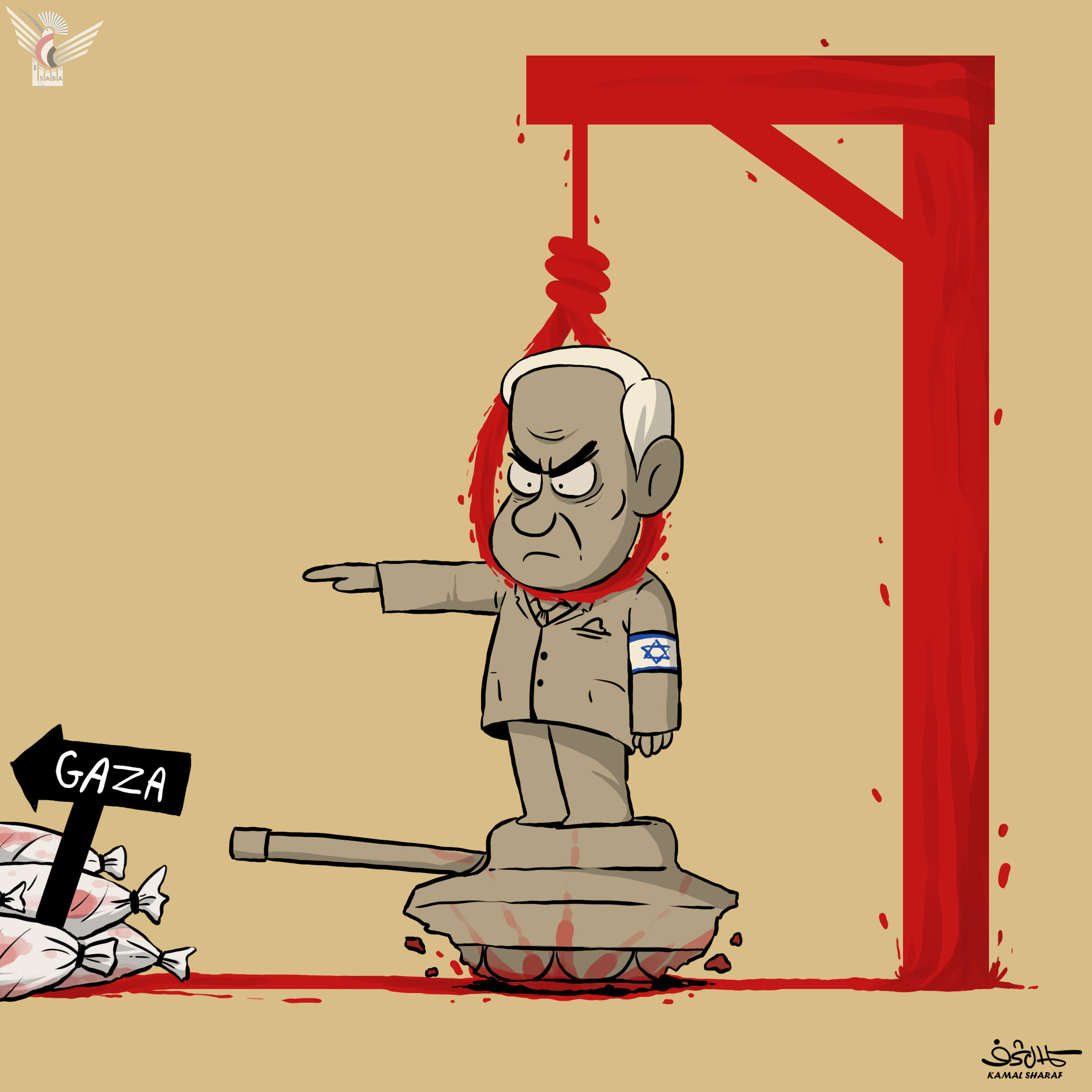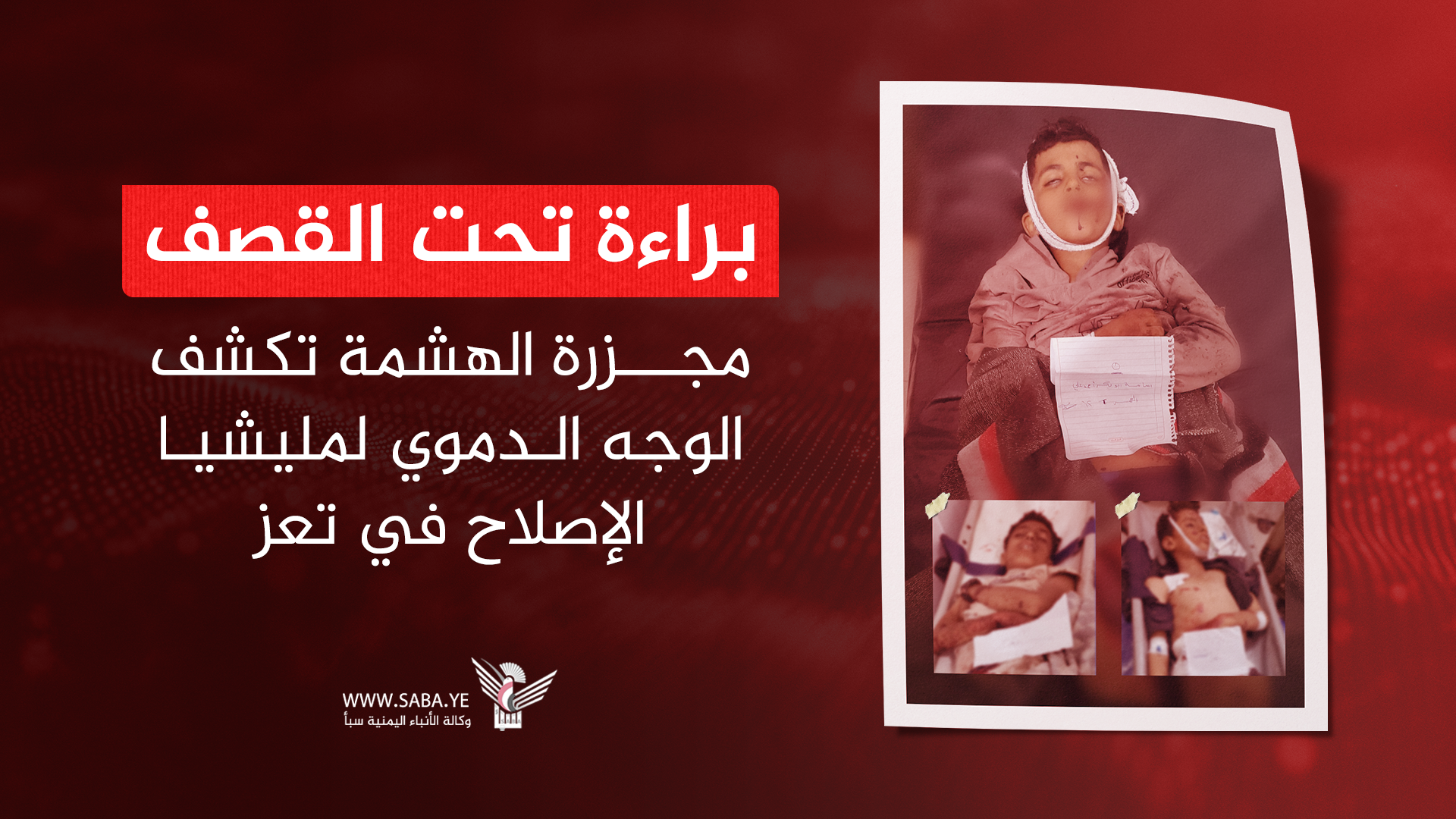Taiz – Saba:
On the slopes of al-Habeel Mount in al-Hashmah area of al-Taezeyah district, five children played among the dust and stones, their laughter echoing gently through the stillness.
Their eyes sparkled with innocent dreams—until a sudden explosion tore through the moment. Dust filled the air, and silence fell over the lifeless bodies of Mubarak, Osama, Basheer, Ahmed, and Anas. Five names now etched in memory by shrapnel, leaving behind a grief that transcends both place and time.
The perpetrators: armed mercenaries affiliated with the Islah Party, roaming like rogue gangs in the areas under occupation. Without provocation or military presence, they fired a shell into a civilian neighborhood—targeting not fighters, but toys and quiet streets. The result was a deliberate and calculated crime against life itself.
This massacre reveals the entrenched hostility in the behavior of the Islah militia. It reflects the nature of the broader aggression, executed through local agents adept in using heavy artillery against civilian communities—part of a broader strategy to intimidate, subdue, and force compliance with the occupation's agenda.
Residents rushed the victims' remains to al-Rafa’i Hospital in shock and devastation, demanding justice and accountability. They affirmed that the massacre not only targeted children, but also shattered the very sense of safety within their communities—its scars now etched on the face of criminality.
Strikingly, the crime passed in near-total silence—no headlines, no news coverage, no official statements. The small coffins arrived without cameras to document their arrival, and the overwhelming grief was drowned in indifference.
When the perpetrators belong to the tools of the Saudi-led coalition, massacres are silenced, voices are muted, and the blood-soaked scenes are hidden behind curtains of complicity. Meanwhile, the grieving community is left face to face with reality—unsupported, unheard, their tragedy buried in neglect.
In the areas Islah controls in occupied Taiz province, blood rules. Their methods of governance revolve around shelling and sniper attacks, feeding a lawless security situation fueled by overlapping militias, deepening the climate of fear and insecurity.
Al-Hashmah massacre stands as one of the most heinous assaults on childhood, laden with brutality and designed to suppress innocence and spread terror in a region governed by the iron logic of violence and repression.
This was not a random act of war—it was a deliberate strategy aimed at destabilizing society, turning cities into perpetual zones of fear, replacing hope with looming danger in the absence of services and safety.
The Saudi-led aggression, which backs the Islah militia directly, continues to cultivate these bloody environments. Its mercenaries carry out the dirty work, while its media platforms justify and normalize the atrocities, using silence to grant them unwarranted legitimacy.
The families of the martyrs in al-Hashmah—and all of Taiz—condemned this heinous act. They stressed that the massacre struck a painful chord in the province’s collective memory and intensified popular outrage against such criminal behavior.
The massacre sparked widespread anger and strong reactions from human rights and community groups, with multiple statements of condemnation issued. Bloodstains remained as testimony to the betrayal in Al-Arsoom neighborhood, and the image of the small coffins carved a permanent wound in Yemen’s heart.
Al-Hashmah massacre clearly embodies a blood-soaked agenda that marches over the bodies of children, transforming communities into arenas of fear and replacing calm with the rule of gunmen. Death becomes a means of domination, and the militia logic prevails over every shred of humanity.

| more of (Local) |




